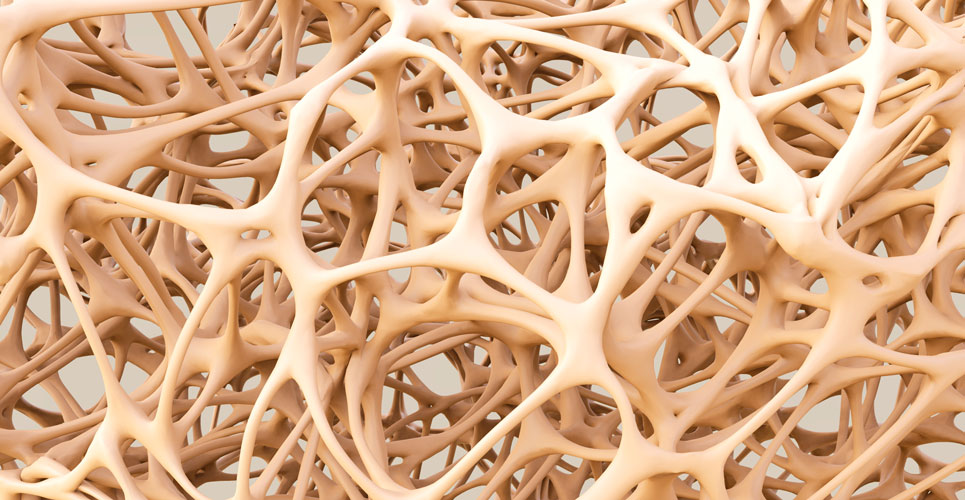The use of systemic corticosteroids has a negative effect on bone remodelling and can lead to osteoporosis and fractures although whether this can also occur with topical corticosteroids is unclear.
Although systemic adverse effects such as hyperglycaemia, glaucoma and adrenal insufficiently have also been reported with topical steroid therapy, less is known about the potential risk of developing osteoporosis. As a result, a team of researchers from the Department of Dermatology and Allergy, University of Copenhagen, Denmark, sought to examine the association between the long-term use of either potent or very potent topical steroids and the risk of osteoporosis and major osteoporotic fractures (MOF). They used the Danish civil registration system which enables cross-linking of individual healthcare data from hospital, pharmacy prescriptions dispensed and primary care medical records. The team included individuals, 18 years and over, who filled prescriptions for at least 200g of mometasone furoate (a potent topical steroid) or the equivalent amount of other potent or very potent steroids such as clobetasol propionate (very potent steroid). The amount of steroid use was stratified in terms of the cumulative amount of filled prescriptions as: 200 to 499g (reference group), 500 to 999g; 1000 to 1999g, 2000 to 9999g and at least 10,000g. Individuals who had a prior diagnosis of osteoporosis or who had experienced a MOF or received any antiresorptive or bone anabolic medication, were excluded from the analysis. The co-primary end points of the study were a hospital inpatient or outpatient diagnosis of osteoporosis or a MOF and participants were followed up between 2003 and 2017.
Findings
The analysis included 723,251 adults (52.8% women) with a mean age of 52.8 years. After adjustment for demographics, co-morbidities and other medication use, the risk of osteoporosis for exposure to potent or very potent topical steroids of 500 to 999g compared with the baseline case (200 to 499g) was 1.06 (hazard ratio, HR = 1.06, 95% CI 1.02 – 1.09). However, at this same usage, the risk of a MOF was non-significant (HR = 1.01, 95% CI 0.99 – 1.03). With very high cumulative usage, (> 1000g) the risks increased although the overall risk was small. For example, using 1000 to 1999g, increased the risk of osteoporosis by 9% (HR = 1.09, 95% CI 1.05 – 1.13) and the risk of a MOF by 5% (HR = 1.05). Usage in excess of 10,000g increased the risk of osteoporosis by 24% and the risk of a MOF by 27%. The calculated population attributable risk of any exposure compared with non-exposure (200 to 499g) was 4.3% for osteoporosis and 2.7% for MOF.

Thus although potent and very potent topical steroids increase the risk of osteoporosis and fractures, the actual level of risk is small.
Citation
Egeberg A et al. Association of potent and very potent topical corticosteroids and the risk of osteoporosis and major osteoporotic fractures. JAMA Dermatol 2021 doi:10.1001/jamadermatol.2020.4968

